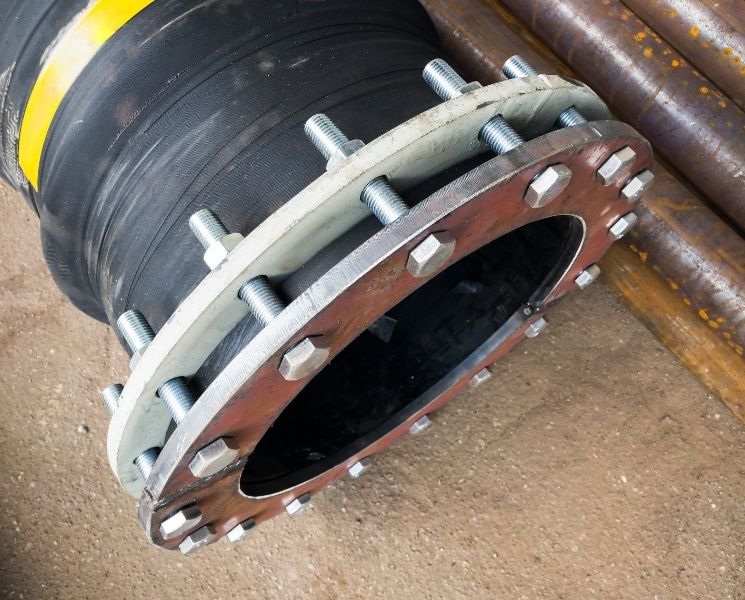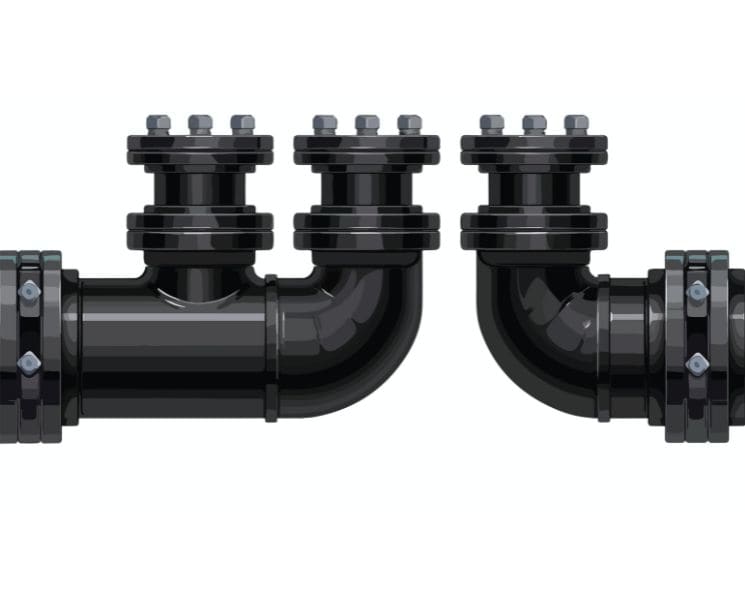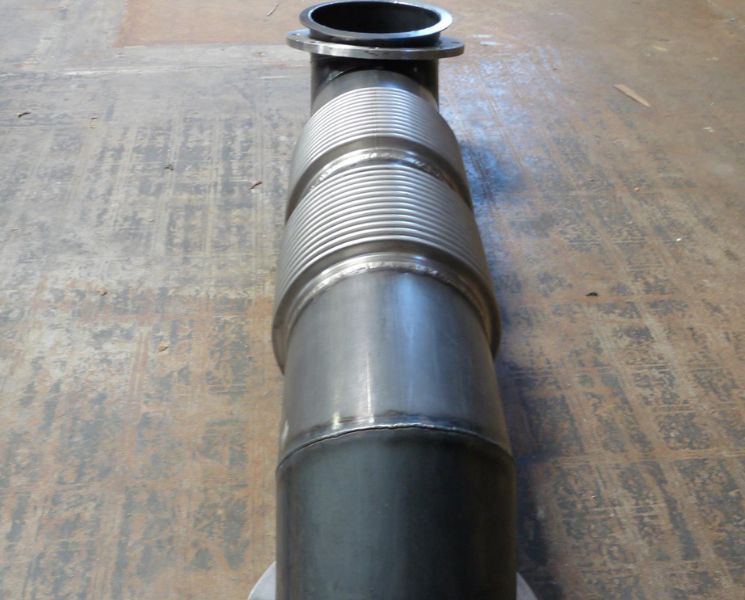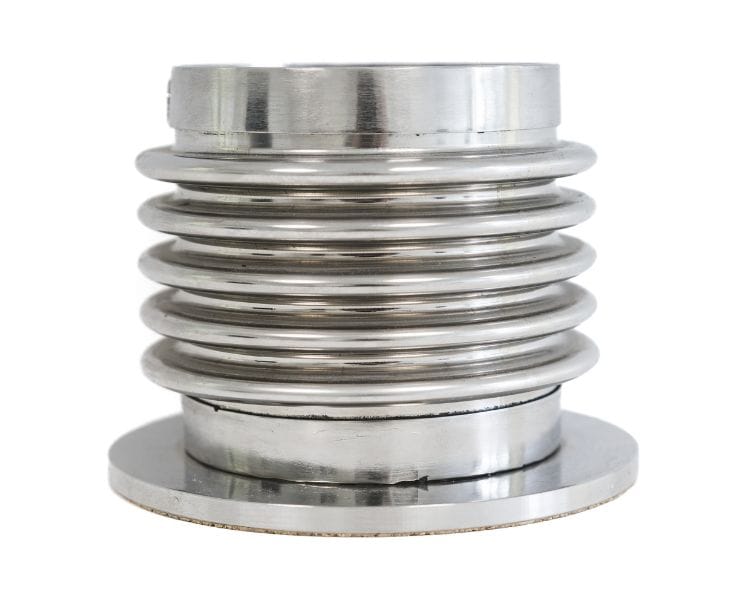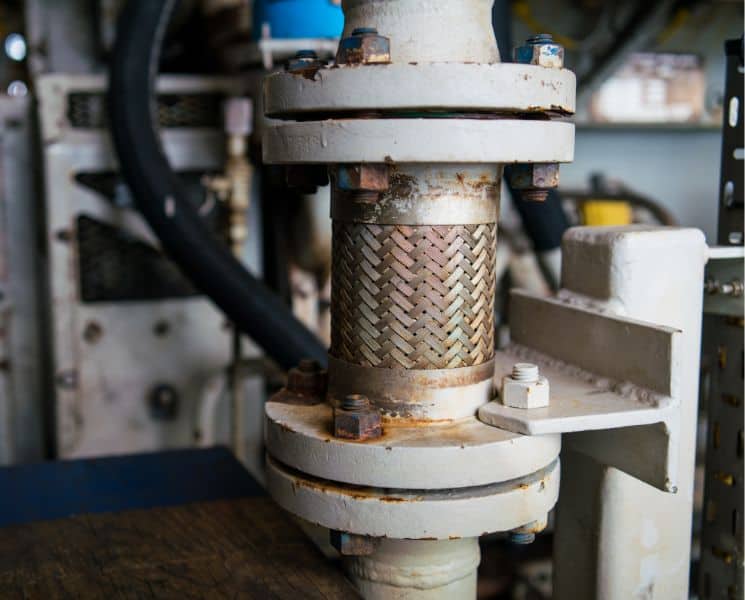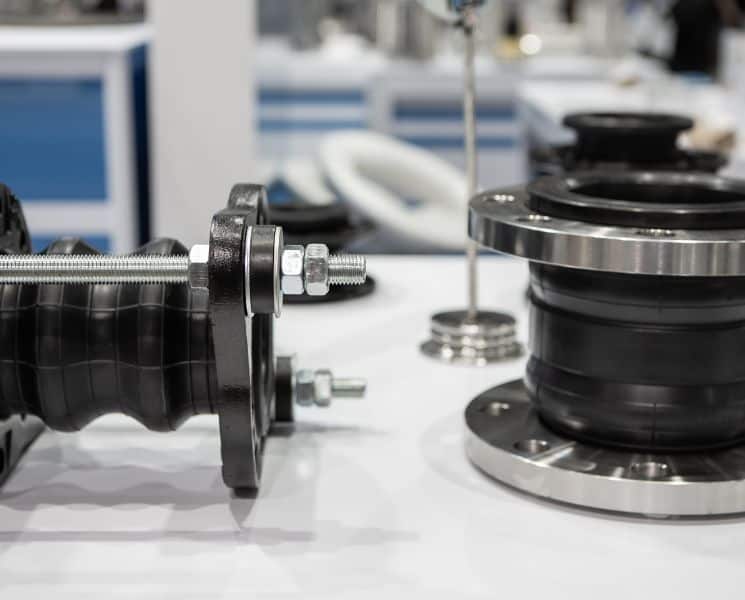Properly installing metal expansion joints is vital to ensuring your piping or exhaust system operates well. Piping systems require joints to absorb motion. And anchoring and guiding need correct installation to fulfill this purpose. Learn more with these lessons in expansion joint assembly. Anchoring and guiding both play an integral part in the installation process.
Anchoring
Anchoring is an essential component when installing expansion joints. Improper anchoring can create stress on the joint that significantly reduces its lifespan. When thermal expansion creates an internal force within a piping system, the bellows in the expansion joint becomes pressurized. The anchors need to manage this pressure to prevent the bellows from overexpanding.
There are two types of anchors: main and intermediate. Main anchors absorb pressure created from the expansion joint, and intermediate ones take in force from the bellows.
Guiding
Expansion joints control expansion by moving, usually in an axial motion. The guides within a piping system facilitate expansion to the expansion joints. Without this direction, pipes could buckle or break under strain.
Guides allow expansion joints to operate within their means. This protects both the joints and the pipes. For any applications that involve pipe movement, guides are necessary. Their quantity and location vary based on how close the expansion joint is to the anchor.
While anchors restrict movement in three directions, guides typically only direct movement in two ways. Also, guides and expansion joints never support the weight of the pipes; they only direct the thermal expansion.
EJMA Standards
Before installation, explore more lessons in expansion joint assembly. Anchoring and guiding need to meet EJMA standards. When installing expansion joints within a piping system, following these regulations ensures correct assembly.
To learn more about metal bellows expansion joints, check out the blogs at Triad Bellows and contact us with any questions!

